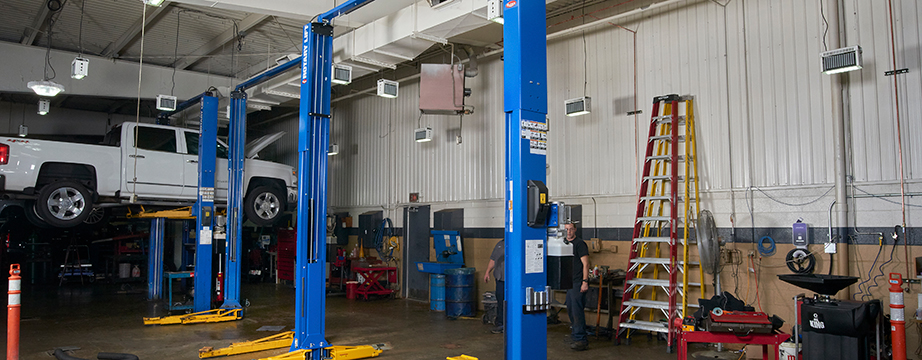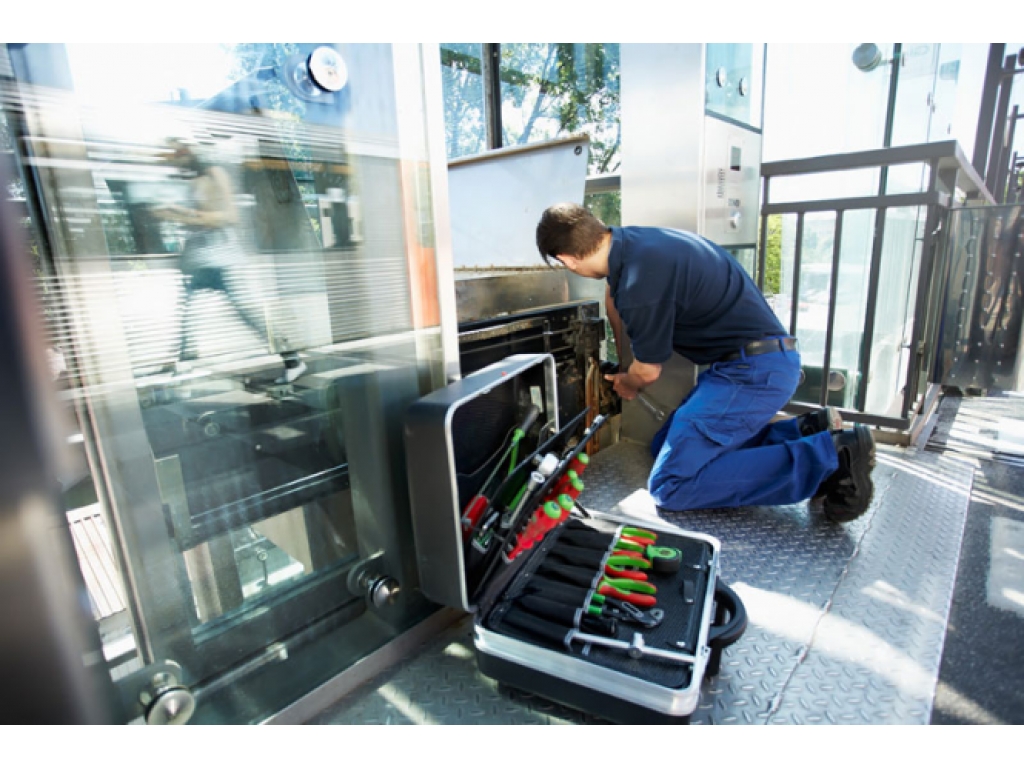How Lift Maintenance London Stands Apart Among Local Lift Repair Companies
How Lift Maintenance London Stands Apart Among Local Lift Repair Companies
Blog Article
Comprehensive Guide to Lift Solutions and Their Upkeep
Browsing the intricate globe of lift systems and their maintenance is a job that demands precision and expertise. From the different types of lift systems in use to the thorough adherence to safety guidelines, the upkeep of these vertical transportation gadgets is a complex venture.
Sorts Of Elevator Equipments
The most usual types consist of hydraulic lifts, traction elevators, machine-room-less lifts, and vacuum cleaner lifts. Hydraulic lifts are optimal for low-rise buildings and utilize a hydraulic piston to move the elevator automobile. Machine-room-less lifts are a space-saving choice as they do not need a separate maker space for the elevator machinery.
Each kind of lift system has its very own advantages and drawbacks, making it important for building proprietors and programmers to thoroughly consider their specific needs prior to choosing the most suitable alternative. Variables such as developing height, space accessibility, energy effectiveness, and budget constraints all play a substantial function in identifying the best lift system for a specific structure.
Typical Maintenance Concerns
Normal maintenance of lift systems is necessary to make certain smooth procedure and prolong their life expectancy. Despite normal upkeep, elevator systems can still run into common upkeep concerns that need to be without delay addressed to stop disruptions in service. Among one of the most frequent problems is door breakdowns. Elevator doors may obtain misaligned, bring about problems with opening and closing effectively. This can cause delays and security threats, requiring instant focus from maintenance professionals. Another usual trouble is connected to the lift's leveling precision. If the elevator doesn't line up appropriately with the floorings, passengers may experience tripping risks and pain. Additionally, issues with the control system, such as sensor problems or electrical problems, can trigger the elevator to malfunction or stop working entirely. Routine inspections and proactive maintenance can help identify and fix these typical upkeep concerns before they escalate and influence the total efficiency of the lift system.
Security Regulations and Conformity
Sticking to strict safety laws and making sure compliance with industry requirements are critical for maintaining the functional integrity of lift systems. Elevators are subject to a thorough set of security laws to secure passengers, upkeep personnel, and the public. Regulative bodies such as the Occupational Safety And Security and Health And Wellness Administration (OSHA) in the USA and the European Lift Association (ELA) in Europe establish guidelines that cover numerous aspects of lift design, setup, upkeep, and operation.
Conformity with these regulations is not just a legal need however likewise an ethical responsibility for structure proprietors and lift upkeep business. why not look here Routine examinations, upkeep checks, and adherence to safety and security methods laid out in the regulations are vital to make certain the safe and efficient procedure of lift systems.
Finest Practices for Upkeep

One more essential best practice is to promptly websites address any kind of noted problems or unusual noises to stop more damages. Carrying out a proactive approach to upkeep can save money and time in the lengthy run by staying clear of expensive repair work or substitutes. Structure owners need to likewise consider purchasing modernization upgrades to enhance the performance and security of their elevator systems. By adhering to these finest practices, lift systems can operate efficiently and safely, supplying trusted vertical transport for passengers.

Advanced Technologies for Performance
Applying innovative innovations in lift systems can dramatically improve functional performance and passenger experience. These systems allow guests to input their wanted floor prior to entering the lift, which then routes them to the most efficient vehicle.
In addition, the assimilation of wise sensing units and predictive upkeep abilities has revolutionized elevator maintenance. These sensors can identify prospective concerns before they intensify, allowing aggressive maintenance treatments and minimizing downtime. Furthermore, using regenerative drives and energy-efficient elements helps in reducing power intake and operating expense in lift systems.
In addition, the implementation of cloud-based tracking and remote diagnostics visit site permits for real-time tracking of elevator efficiency and prompt troubleshooting of any malfunctions. This proactive technique not just improves system reliability however additionally boosts the overall user experience by making sure smooth and uninterrupted lift procedures.
Verdict
Finally, comprehending the various sorts of lift systems, usual upkeep concerns, safety and security regulations, finest upkeep methods, and progressed modern technologies for performance is essential for guaranteeing the smooth procedure of lifts. By sticking to safety and security laws and implementing best practices for maintenance, structure proprietors can lengthen the life-span of their lift systems and make certain the safety and security of guests. It is very important to stay upgraded on the latest advancements in elevator modern technology to boost performance and dependability.
The most typical types include hydraulic lifts, grip elevators, machine-room-less elevators, and vacuum elevators. Hydraulic elevators are ideal for low-rise structures and utilize a hydraulic piston to move the elevator car. Machine-room-less lifts are a space-saving alternative as they do not need a separate machine area for the lift machinery. Regular examinations and positive upkeep can aid identify and settle these typical upkeep concerns before they escalate and influence the general performance of the lift system.

Report this page